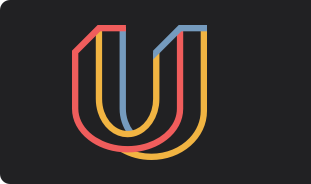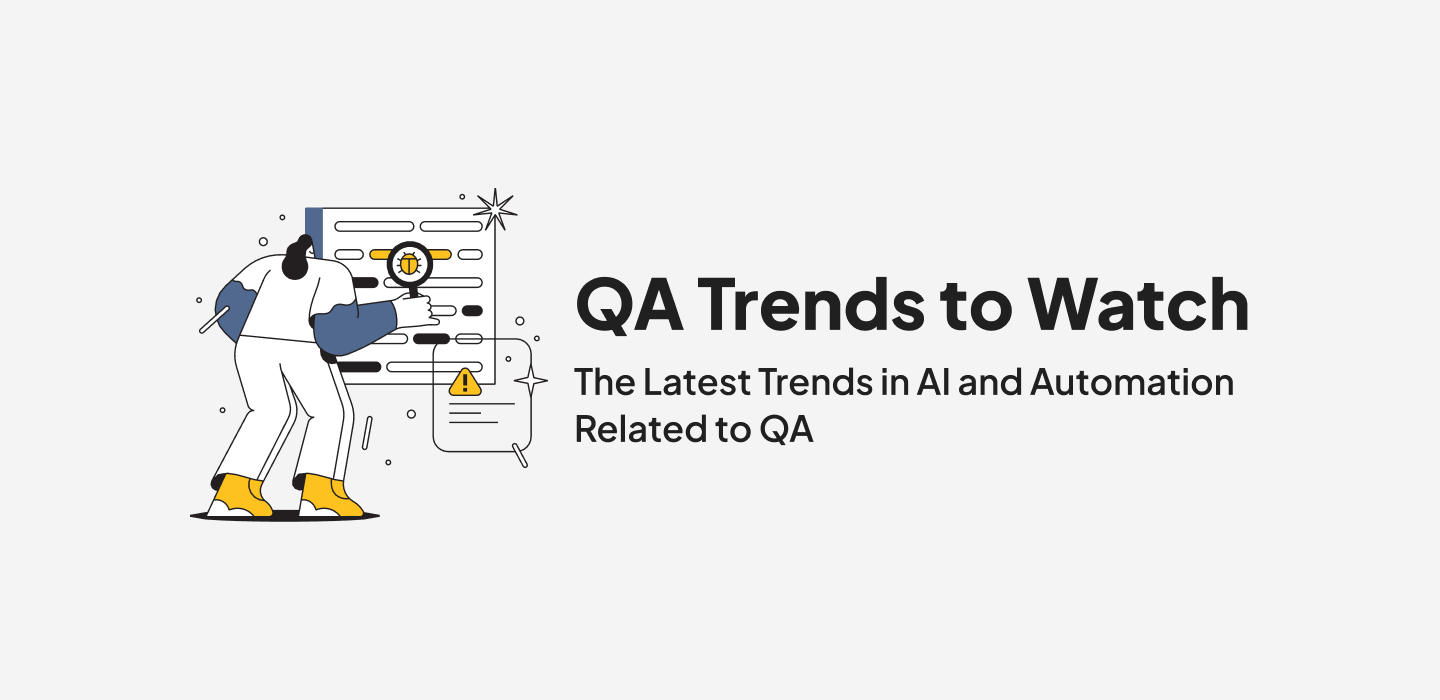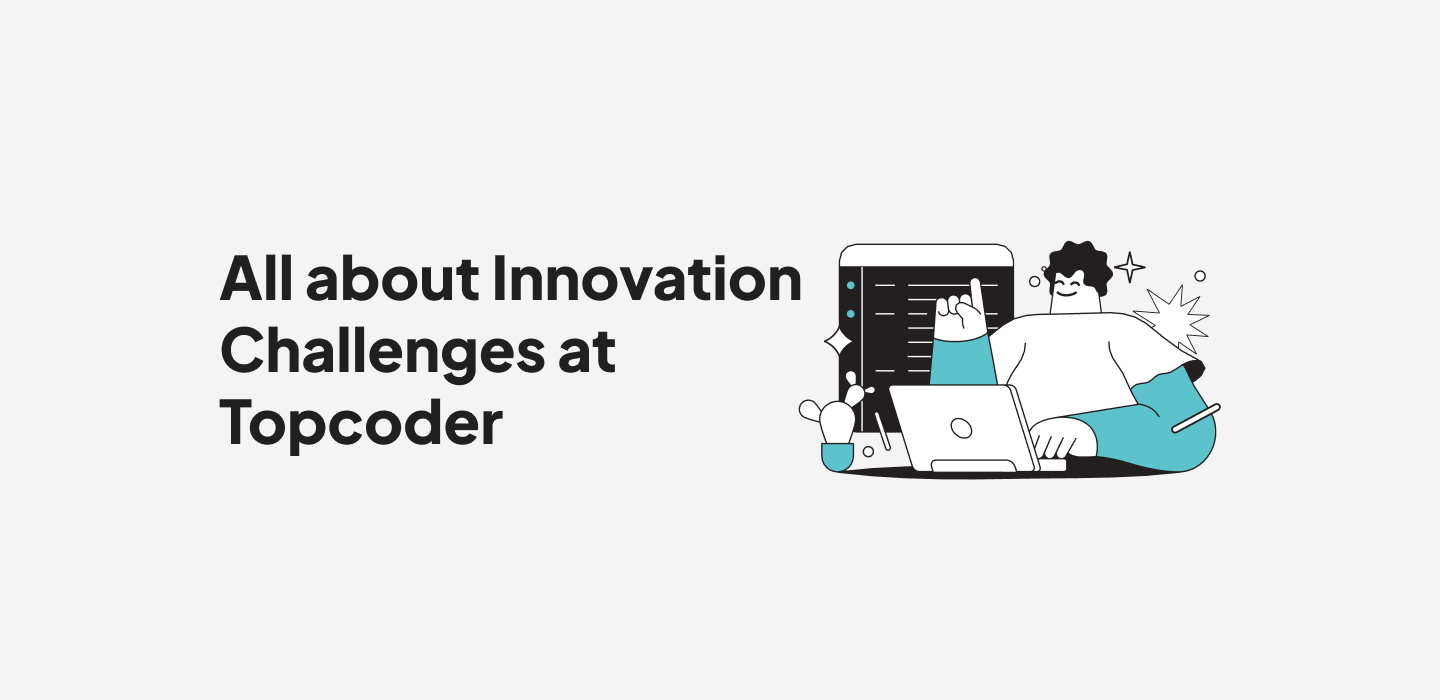September 18, 2020 Using Crowd to Digitally Transform Oil & Gas with Richard Copsey
“Digital Transformation” is about as buzzy a buzzword as you can find, but what does it actually look like? In this episode of the Uprisor podcast, Clinton Bonner, VP at Topcoder, speaks with Richard Copsey, a technology innovation advisor for the energy industry. Clinton and Richard discuss what it takes to get buy-in and real adoption of crowdsourcing, and the types of problems Richard was able to solve using Topcoder’s global crowd.
Check out the full conversation and catch a quick recap below.
building the framework for open innovation
Richard starts by talking about the way his service in the military and travels abroad informed his perspective on crowdsourcing. Through those experiences, he learned to, “never underestimate the value that every individual brings to the team, to the group, regardless of their position.” When he started as Open Innovation Manager at Anadarko, it was clear that Open Innovation wasn’t a one-off special project. Instead, the support structure was there from the leadership perspective, and Richard had the ability to think differently and do things differently.
When it came to Open Talent, Richard admits to being a skeptic at first. As he put it: “crowdsourcing and open talent, gig economy—these terms were relatively new to me. The concept was there, but my understanding of it was very different… it just didn’t resonate correctly.” Many organizations, when they talk about or experiment with the concept of crowd, it’s under the flag of innovation. And while innovation is a part of it, for Richard, it was more about tapping into talent and resources he would never otherwise have access to. He shares that one part of making “the crowd” more human was looking at the handles and profiles of Topcoder members on the platform.
“Being able to scale really unencumbered with regards to talent really kind of blew me away.” – Richard Copsey
Using crowd for digital transformation
Initially, Richard’s team used Topcoder to execute some of the “low-hanging fruit problems” with high speed velocity. Once success was proven on those, they widened the scope to bigger, more meaningful projects. He says that, “it wasn’t until later that we realized you can also use this concept to augment your workforce on these core needle moving opportunities as well.”
Still, there was resistance along the way: “IT wasn’t too thrilled about it, certainly not cybersecurity, legal.” Richard admits that part of the problem was that “it wasn’t well communicated, we hadn’t thought it through.” This made for some unpleasant surprises. (And nobody likes surprises unless it includes cake.)
The shift happened two ways. First, Richard worked to build trust and partnership between Topcoder and Anadarko’s IT organization, Second, he focused on selecting more meaningful projects that would have an impact and solve problems for his group. With skin in the game, people could more easily see the value that on-demand talent provided.
DIGITAL TRANSFORMATION IN OIL AND GAS
Richard shared one of his favorite projects completed with Topcoder- the digitization of years and years of mudlogging data. A mudlog is essentially a record of everything that’s happening at depth for a particular well, and these logs were in varying formats—graphs, handwritten annotations, 150-foot-long printouts from dot matrix printers. The solution generated by the Topcoder community combined human-assisted work, automated OCR, and machine learning algorithms. It’s an awesome example of the kinds of thing that’s possible through crowd.
It was great learning about Rich’s expansive background and his drive for innovation in all his work. For more innovation and Future of Work conversations, subscribe to the Uprisor podcast.
Alexa Baray



